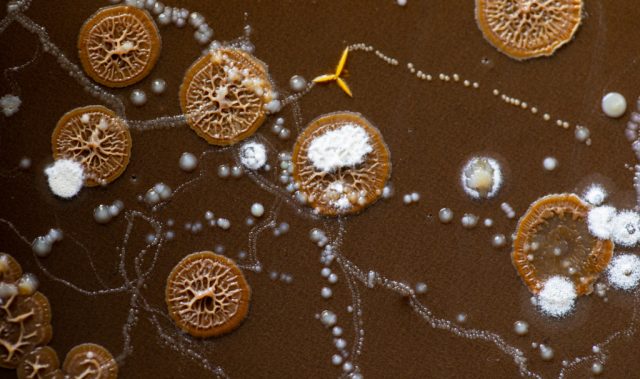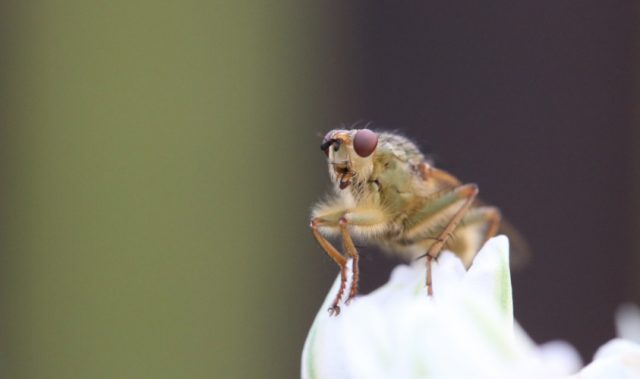
AsianScientist (Jan. 30, 2019) – In a study published in the Journal of Biological Chemistry, researchers in Japan have discovered how information from odor molecules alters gene expression in plants.
Plants detect a class of odor molecules known as volatile organic compounds, which are essential for many plant survival strategies, including attracting birds and bees, deterring pests and reacting to disease in nearby plants. These compounds also give essential oils their distinctive scents.
In the present study, researchers led by Professor Kazushige Touhara at the University of Tokyo, Japan, have discovered a mechanism by which plants produce different responses to odor molecules. The team exposed four-week-old tobacco plants to different volatile organic compounds and found that odor molecules change the gene expression of plant cells by binding to other molecules called transcriptional co-repressors that can turn genes on or off.
In animals, odor molecules are recognized by receptors on the outside of cells in the nose and immediately trigger a signaling pathway to recognize the odor and change behavior. In plants, however, the odor molecules must move into the cell and accumulate before they affect plant behavior.
“Plants can’t run away, so of course they react to odors more slowly than animals. If plants can prepare for environmental change within the same day, that is probably fast enough for them,” said Touhara.
Speed is unnecessary for plants, but they may be able to recognize a much greater variety of odor molecules, the researchers noted.
“Humans have about 400 odor receptors. Elephants have about 2,000, the largest number [of odor receptors] in animals. But based on how many transcription factor genes are in plants, plants may be able to detect many more odors than animals,” Touhara added.
The researchers think that their findings can help influence crop quality or character without the complications of gene editing or pesticide use. For instance, farmers could spray their fields with an odor associated with a desired plant behavior, perhaps triggering plants to change the taste of their leaves to deter insects.
“All creatures communicate with odor. So far, our lab has studied within-species communication: insect to insect, mouse to mouse, human to human. This understanding of how plants communicate using odor will open up opportunities to study ‘olfactory’ communication between all creatures,” Touhara concluded.
The article can be found at: Nagashima et al. (2018) Transcription Regulators Involved in Responses to Volatile Organic Compounds in Plants.
———
Source: University of Tokyo; Photo: Pexels.
Disclaimer: This article does not necessarily reflect the views of AsianScientist or its staff.












